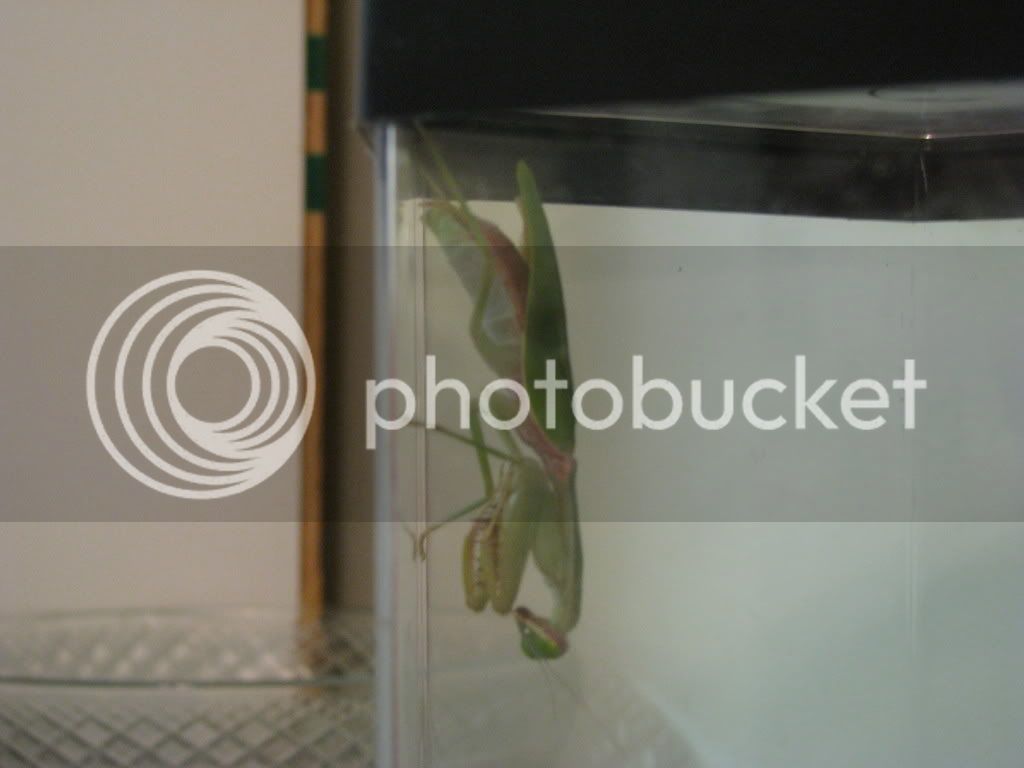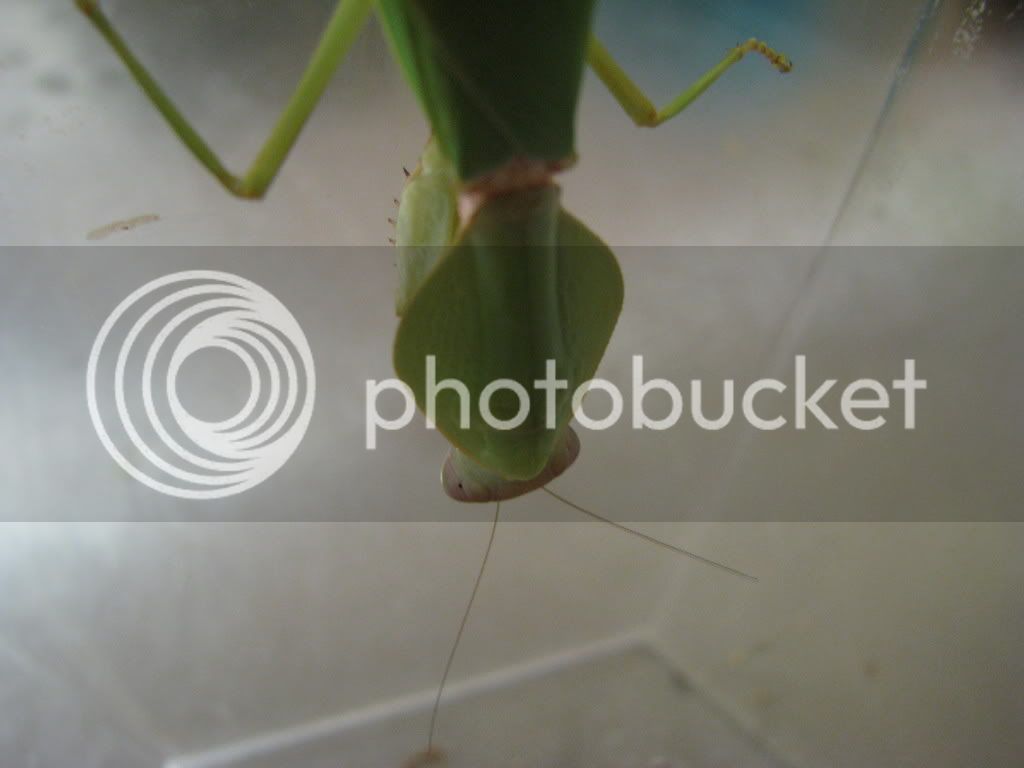Calling behaviour in the female praying mantis, Hierodula patelliferaBeatriz Perez* 1
1 Department of Biología de Organismos y Sistemas, University of Oviedo, Oviedo, Spain
Correspondence to *B. Perez, Department of Biología de Organismos y Sistemas, University of Oviedo, C/Catedrático Rodrigo Uria s/n, E-33007 Oviedo, Spain. Tel.: +34 985104815; fax: +34 985104868; e-mail:
[email protected]
Copyright The Royal Entomological Society, 2005
KEYWORDS
Calling behaviour • Dictyoptera • Hierodula • mantid • Mantidae • pheromones
Abstract.
Abstract. Virgin mantis females, Hierodula patellifera (Serville) (Dictyoptera: Mantidae), exhibit a characteristic calling posture. When holding the body below a branch or leaf, the female curls the abdomen ventrally, flexing it away from the wings and exposing its dorsal surface. The curling is accompanied by pumping movements. The average age at which females start adopting this calling posture is 14 days after adult moult, and it is related to their nutritional stage. Once initiated, females exhibit the posture everyday until they mate. After mating, the behaviour is completely suppressed. Males are attracted by virgin females adopting the calling posture but are not attracted to mated females. The characteristics of the posture and the responsive behaviour of the males indicate that this female calling involves the release of *** pheromones.
--------------------------------------------------------------------------------
Accepted 30 September 2004
DIGITAL OBJECT IDENTIFIER (DOI)
10.1111/j.0307-6962.2005.00426.x About DOI














































